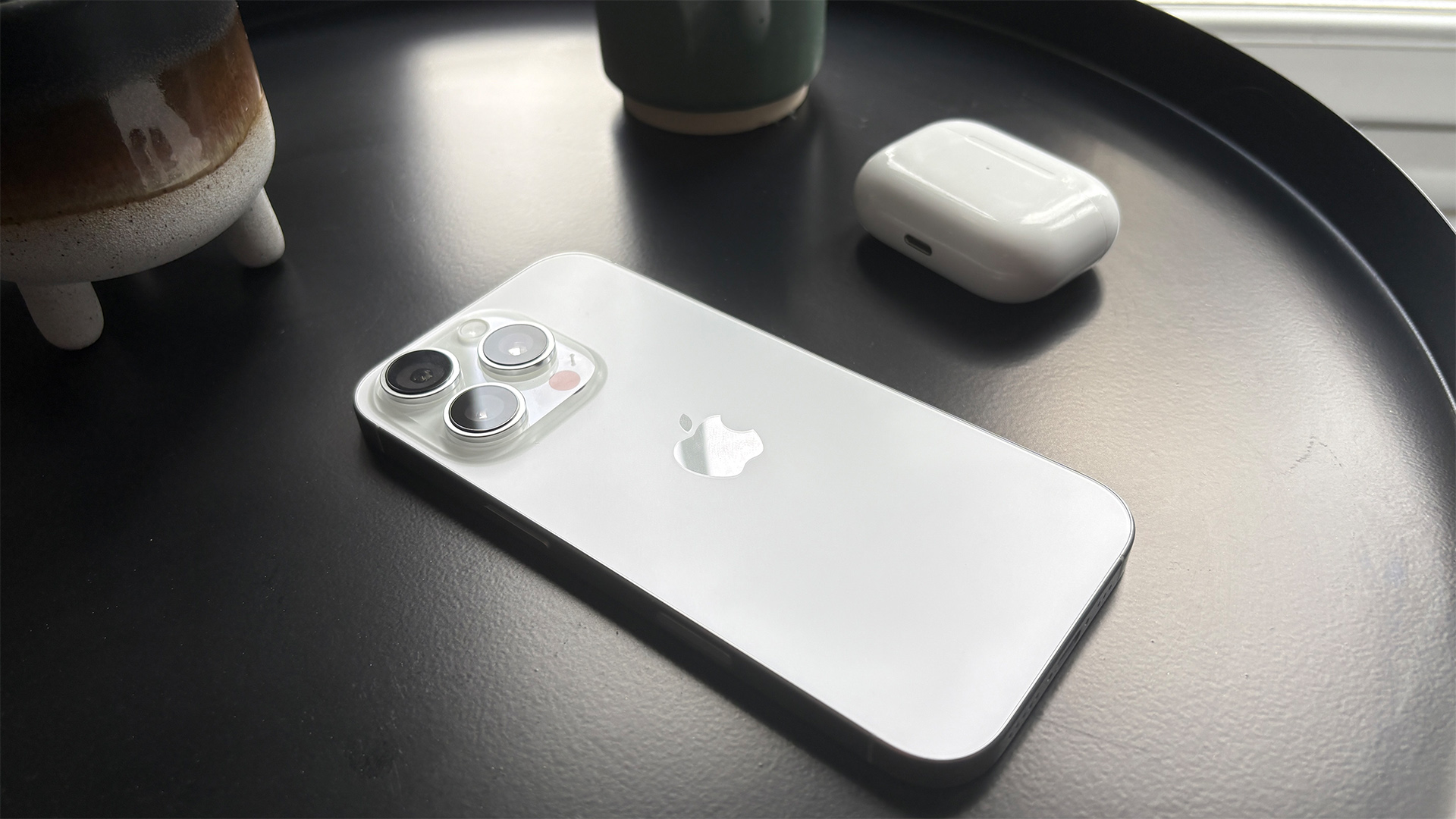I test OLED TVs for a living – and trust me, different sizes perform differently
But bigger isn’t automatically “better” with TVs

The world is full of conspiracy theories and alternative ideas right now, and that’s especially true in the world of hi-fi and home cinema.
Whether it’s people’s insistence that running in audio equipment doesn’t make a difference, despite our and the wider industries’ assurance it does, or the tooth fairy's preference of headphone, there are plenty doing the rounds.
But this week, I have chosen to debunk one ongoing, and frequently articulated argument in the world of home cinema: that all the sizes in a TV range perform the same.
This is a constant false belief we semi-regularly hear from readers and our friends whenever we are asked to recommend a TV. Most recently this was evidenced when a friend of mine asked me to recommend a good “affordable TV”. During the conversation I deferred to the set at the top of our best cheap TV buying guide and suggested he look at the 50-inch Amazon Fire TV Omni QLED – which scored five stars and at its current price is an absolute steal.
However, to my horror, after he fired up Amazon to look at it, he then followed up with, “Oh that’s awesome, so I could get the smaller 43-inch for my bedroom as well!” At this point I was genuinely considering grabbing the copy of What Hi-Fi? magazine next to me, rolling it up and swatting him on the nose. Sadly, before I got the chance he realised he may have said something silly and blurted out, “What, aren’t they all the same?”
I won't tell you my verbatim response, but the short answer is no, they are not. That’s why if you check our reviews you’ll see the 43-inch Amazon Fire TV Omni QLED has a three-star rating. It’s only the 50 and 55-inch we recommend. Why? Because they perform incredibly differently. We know that because we ran them side by side and saw the difference when reviewing the smaller model, which has less impressive black depth, paler colours and even worse sound than its larger sibling.
You can see the same trend at the top end of the market looking at our various reviews of the different sizes of the LG C4 OLED TV. While we gave the 42-inch LG C4, 48-inch LG C4 and 65-inch LG C4 five-star ratings, if you flip between the reviews, you’ll see they all performed differently. The 42-inch LG C4, for example, had far weaker audio than its larger siblings, a different stand design and offered slightly cooler colours, even compared to the 48-inch model we tested it against.
Get the What Hi-Fi? Newsletter
The latest hi-fi, home cinema and tech news, reviews, buying advice and deals, direct to your inbox.
There are a lot of reasons why this is the case, but two common factors are the size of panel and amount of space they have to accommodate speakers.
Starting with the panel size. The fact they’re different sizes means inherently they are different in fundamental ways. The most obvious and easy to explain these differences is pixel density. Specifically, if you compare a 65-inch 4K display and 42-inch 4K display, the pixels on the smaller panel will be closer together, which is why you may notice it looks sharper, and the recommended viewing distance will be shorter. That’s also why if you go into a detailed stats sheet for a TV you’ll see smaller models have a higher pixels per inch count than their larger siblings.
Moving on to audio. Putting aside how many smaller TVs have their drivers placed slightly differently, take a moment to think about how speakers make sound. The short version is, since the invention of the first dynamic driver in 1925 to the present day, they do it by moving air around.
The more space they have, the more air they can move, which directly informs things like volume. So again, smaller models tend to sound different to larger TVs, even if they’re in the same family/series.
It’s for these reasons and more that we make a point of reviewing multiple sizes in any TV range individually, and why you need to be very careful, even when shopping within the same series of TVs – just because the 65-inch model is great, doesn’t mean the 42-inch will be.
MORE:
These are the best 65-inch TVs we’ve tested
We rate the best small TVs
Our picks of the best Dolby Atmos soundbars

Alastair is What Hi-Fi?’s editor in chief. He has well over a decade’s experience as a journalist working in both B2C and B2B press. During this time he’s covered everything from the launch of the first Amazon Echo to government cyber security policy. Prior to joining What Hi-Fi? he served as Trusted Reviews’ editor-in-chief. Outside of tech, he has a Masters from King’s College London in Ethics and the Philosophy of Religion, is an enthusiastic, but untalented, guitar player and runs a webcomic in his spare time.
-
AntH But its the difference between different models that even more confusing like difference between Toshiba tv 2463DG and 3463DG models and that is the same companies models, but no where to compare the differencesReply -
Creative909 Tbh I'm not sure i would rely on What hifi as an authority on any of this if they are giving products with stated lower quality sound, five stars.Reply -
Friesiansam I'm sure that these days, most people who care about sound don't use the built-in speakers and, those that don't, probably just don't care about quality.Reply
As for the effect of size on the picture, saying that a bigger screen has bigger pixels and a smaller screen has smaller pixels, smacks of the writer assuming the readers are all thick.
Being condescending towards your readers, is never popular.
